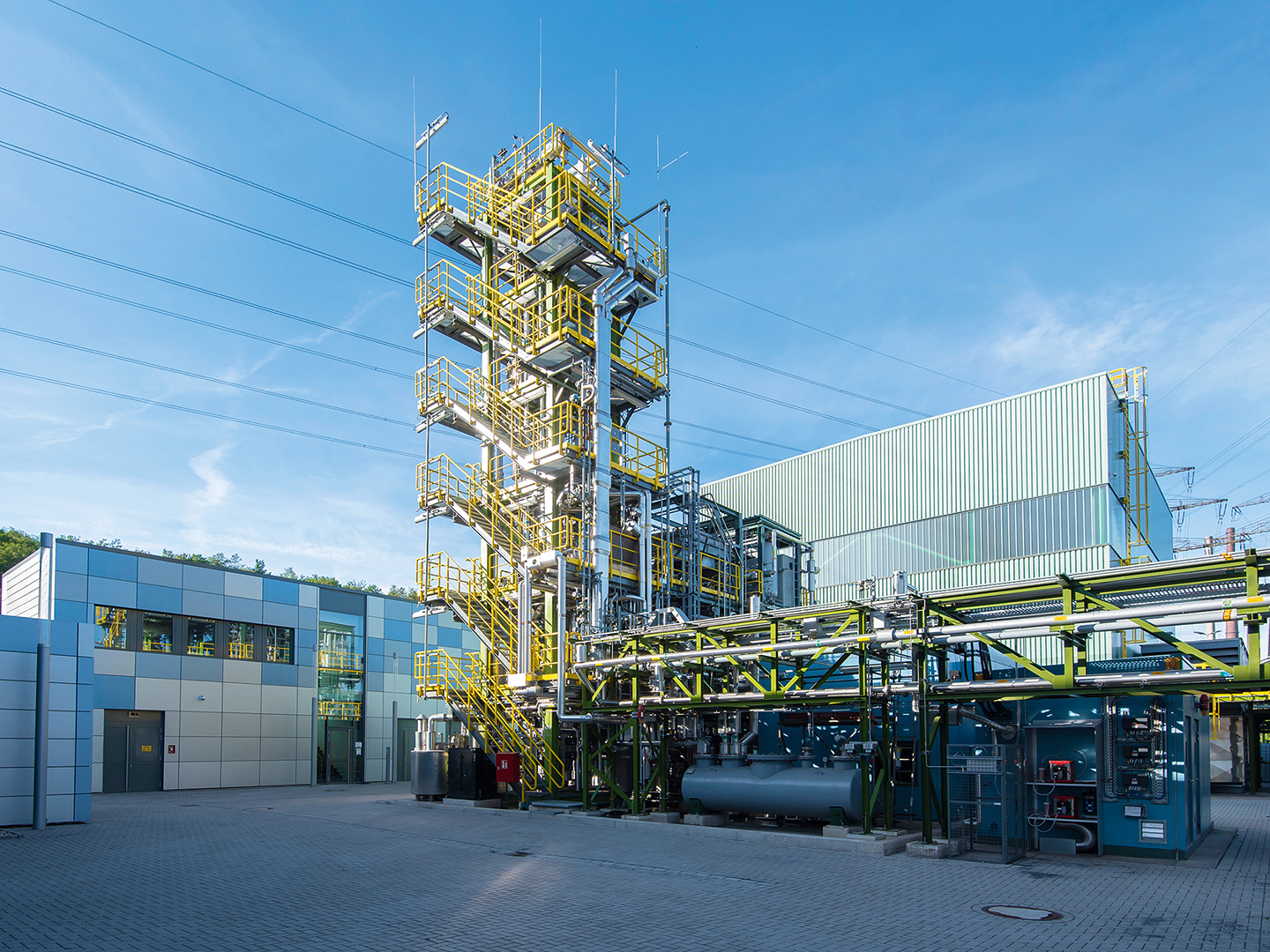The HüGaProp (Hüttengas-Properties, metallurgical gas properties) containers are two containers, one of which is a laboratory container and the other a supply container. The trace components in the three raw metallurgical gases (coke oven gas, blast furnace gas, and basic oxygen furnace gas) are characterized in the laboratory container, whereas the supply container provides the gas supply to the analysis equipment. The main components are determined using a GC with FID/WLD, while the trace compounds are measured with a PTR-TOF-MS.
Aim
Continuous online measurement of the raw metallurgical gases and identification of all of the trace compounds contained in them
- Identification of potential catalyst poisons at a ppb or ppt level
- Quantification and monitoring of the time profiles of critical components
Application
- Characterization of the trace components with three different primary ions (H3O+, NO+, and O2+)
- Chromatographic determination of main and secondary components
- Calibration of relevant substances using a calibration gas generator
- Long-term measurement campaigns
- Parameter optimization (dilution factor, collision energy, pressure, temperature, etc.)
Technical specification
- Online gas chromatography (FID/WLD)
- Online trace analysis (PTR-QiTOF-MS)
- Dilution apparatus (three-pump system)
- A calibration gas generator
- Gas supply: H2, O2 (6.0), N2 (5.0 and 6.0), He, Ar, compressed air, coke oven gas, blast furnace gas, basic oxygen furnace gas
- Split air conditioning system
- Exhaust air system
- Gas alarm system
- UPS
 Fraunhofer Institute for Environmental, Safety and Energy Technology UMSICHT
Fraunhofer Institute for Environmental, Safety and Energy Technology UMSICHT